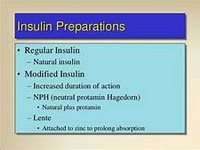Fludrocortisone acetate
CLINICAL USE
Replacement therapy in adrenal insufficiency
DOSE IN NORMAL RENAL FUNCTION
50–300 micrograms daily
PHARMACOKINETICS
DOSE IN RENAL IMPAIRMENT
GFR (mL/MIN)
DOSE IN PATIENTS UNDERGOING RENAL REPLACEMENT THERAPIES
IMPORTANT DRUG INTERACTIONS
Potentially hazardous interactions with other drugs
ADMINISTRATION
Reconstition
–
Route
Oral
Rate of Administration
–
Comments
Use for as short a time and as low a dose as possible
